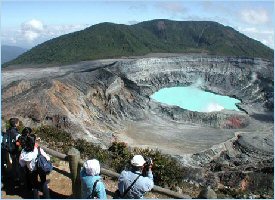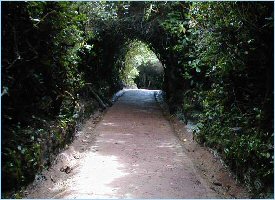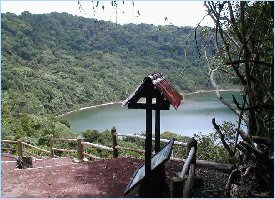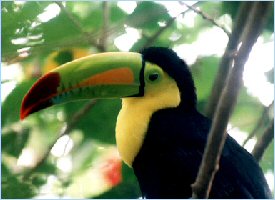|
|
POAS VOLCANO NATIONAL PARK
| INFORMATION |
Starts in
San José |
Departure time
Approx 7:40 am |
Duration
5 hours |
Recommendations
Sweater, Camera, Binoculars, Comfortable Shoes and Raincoat |
| |
Poás is active, but don't expect to see a full fledged eruption or even any lava flow here,
the most recent period of eruptive activity ended in 1954.
The last major activity was in 1910 when nearly a million tons of ash was ejected along with an immense column of smoke and steam.



A modern visitors center (wheelchair accessible) and small museum explains and interprets the geothermal and ecological
attractions in the park. A cafe serves coffee and hot drinks—as much to wrap your hands around to warm them as anything else—sandwiches, and snacks.
The volcano provides an excellent if extreme example of the effects of acid rain. Around the caldera, and for several miles downwind, the
vegetation is stunted brown and black by the tainted moisture that precipitates from the omnipresent clouds near the peak.
Trails that lead through cloud forest stunted and twisted, not only by volcanic emissions but the rigors of the cold windy high altitude habitat.
Lake Botos fills an extinct crater at the end of one trail, and is home to many cloud forest birds including hummingbirds, tanagers, flycatchers,
toucanets, Costa Rica's national bird the clay-colored robin, and the area's most famous avian resident, the resplendent quetzal.
The tour includes a hike through the surrounding forest that is teeming with typical plant life and exotic birds. The hike concludes at a restful, emerald green, tropical lagoon.
Includes: Guide, transportation and entrance fee.

For other Tour options follow this link...
Click to begin creating your Dream Vacation to Costa Rica!
Top
|





